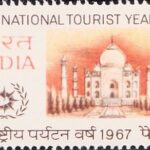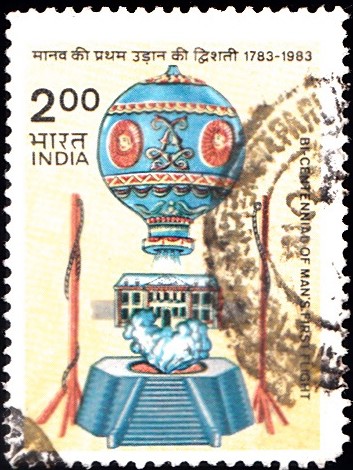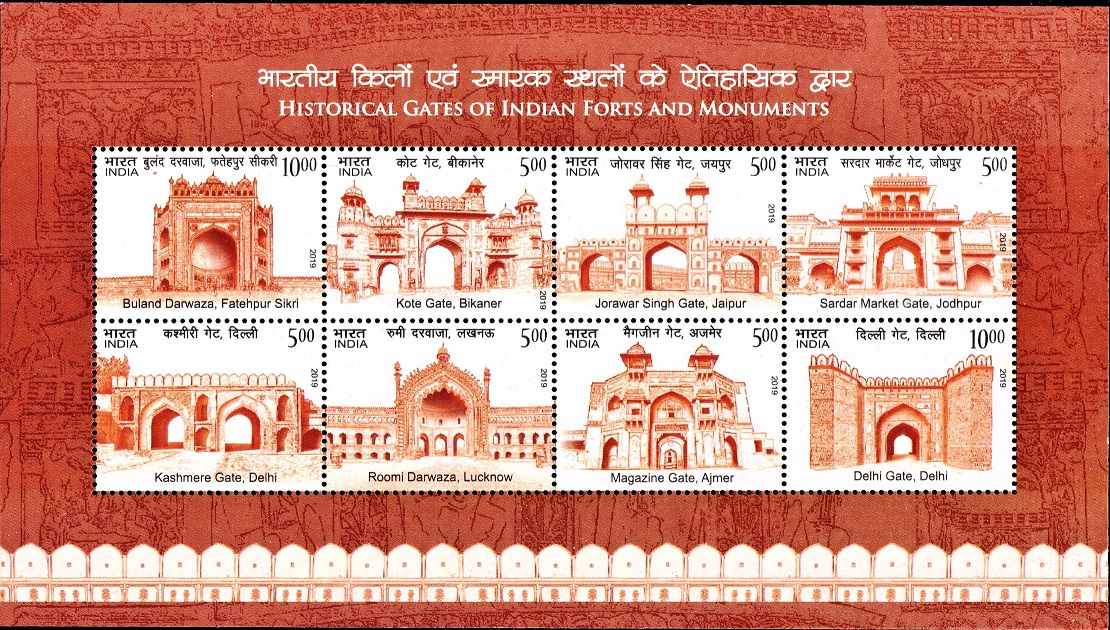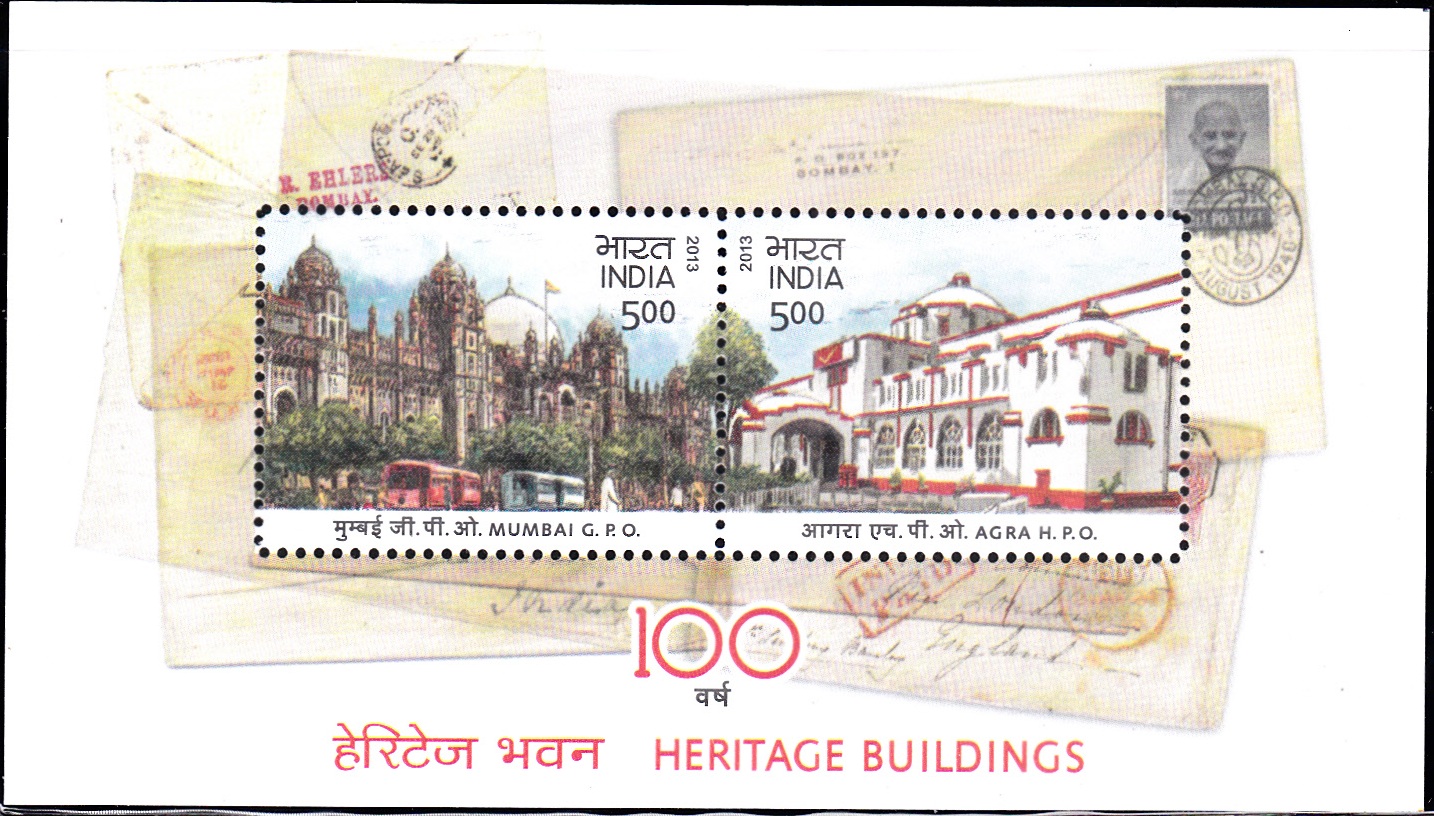
Taj Mahal
A Souvenir Sheet consisting of 1 no. of postage stamp on the Taj Mahal, Agra, a UNESCO World Heritage Site :


 Issued by India
Issued by India
Issued on Dec 16, 2004
Issued for : The Department of Posts is proud to issue a commemorative postage stamp on the Taj Mahal, the symbol of eternal love.
Credits :
Stamp & FDC : Sankha Samanta
Cancellation : Alka Sharma
Type : Miniature Sheet, Mint Condition
Colour : Multicolour
Denomination : 1500 Paise
Stamp : 4 Millions
Miniature Sheet : 0.1 Million
Printing Process : Photogravure
Printer : India Security Press, Nashik
About :
- For centuries, the Taj Mahal has inspired poets, painters and musicians to try and capture its elusive magic in word, colour and song. It is one of the most flawless architectural creations of the world. People from all over the world visit Agra, not to see the ruins of the red sandstone fortress built by the Mughal emperors, but to make a pilgrimage to Taj Mahal, the ultimate memorial to love. In a land where magnificent edifices abound bearing testimony to an ancient and rich civilisation, the beauty of the Taj Mahal remains incomparable.
- Taj Mahal stands in the city of Agra, on the banks of the Yamuna River. It was built in the memory of the beautiful Arjumand Banu Begum, who won the heart of a Mughal prince. She was married at 21 to Emperor Jahangir’s third son Prince Khurram and stayed loyally by his side through good times and bad, in the luxurious royal palaces of Agra as well as the transient tents of war camps. In 1628 AD, Khurram became King after a bloody battle of succession. He took the name of Shah Jahan or “King of the World”, and showered his beloved begum with the highest titles. She became Mumtaz Mahal, the exalted of the palace, and Mumtaz-ul-Zamani, the exalted of the age. But Mumtaz Mahal was not destined to be Queen for long.
- In 1631, Mumtaz Mahal, the favourite wife of Shah Jahan died at the age of 39, at Burhanpur. The grieving emperor vowed to build a memorial that would surpass anything ever created in the world. The construction of the Taj Mahal started in 1632, and was completed by 1654 AD. Tavernier, an eminent traveller and historian of those times, records that over 20,000 workmen laboured for 22 years to complete the Taj Mahal. Material for its construction was brought from all over India and Asia. Red stone from Fatehpur Sikri, Karauli, Tantpur and Paharpur, white marble from Makrana, Rajasthan, jasper from Punjab and diamonds from Panna came from Indian sources. Material sourced from abroad included jade & crystals from China, turquoise from Tibet, lapis lazuli and sapphire from Sri Lanka, and coal and carnelian from Arabia. A fleet of 1000 elephants were used to transport the construction materials to the site. In all 28 types of precious and semi-precious stones were inlaid into white marble to create this wonder of the world.
- The Taj Mahal complex comprises of five main elements: the Darwaza or main gateway, the Bagicha or garden, the Mosque, the Naqqarkhana or rest house, and the Rauza or Mausoleum. The central dome, which is 187 feet high, is surrounded by four minarets. The mosque is to the left of the monument. The architecture combines elements and styles of Persian, Central Asian, and Islamic architecture.
- At the heart of the Taj Mahal are the Cenotaphs of Shah Jahan and Mumtaz Mahal. A protective octagonal screen made of perforated marble or jail, with borders of inlaid marble, surrounds the two cenotaphs in the central chamber.
- The decorative scheme of the Taj Mahal complex follows the Islamic tradition of combining calligraphic, floral and abstract geometric motifs. Three types of media are used to create these patterns: stone carving in high relief, painted stucco, and inlaid hard stone. Ustad Ahmad Lahori was the Chief Architect, Ismail Khan Afridi of Turkey was the dome-maker, and Amanat Khan Shirazi was the calligrapher whose genius lives on through the enduring beauty they created.
- The dome is made of white marble and is set against the plains across the river. This backdrop works its own magic of colours that contributes to the changing views of the Taj, as the colours change with the hours and the seasons. Like a jewel, the Taj sparkles in moonlight, when the semi-precious stones inlaid into the white marble on the main mausoleum catch the glow of the moon. The Taj is pinkish in the morning, milky white in the evening, and golden when the moon shines. It is said that these changes depict the different moods of woman.
- Different people have different perceptions of the beauty of the Taj Mahal. Suffice it to say that the Taj, the ultimate monument to love, has a life of its own that leaps out of the marble. As an architectural masterpiece, nothing could be added or subtracted from it. It is best described by the English poet, Sir Edwin Arnold, as “Not a piece of architecture, as other buildings are, but the proud passions of an emperor’s love wrought in living stones”.
- Text : Based on material given by the proponent.








[…] units, Fertilizer and Chemical Industries, Note printing Press/Mints, Heritage Monuments/Museums (Taj Mahal & Red Fort etc.). Beside this, CISF presence in 59 International and major airports of the […]
[…] (100 p.) stamp shows the first Indian built hot-air balloon ‘Udan Khatola‘ flying over Taj Mahal (Agra). The other stamp (200 p.) depicts the first Montgolfier Balloon lifting from the platform at […]
[…] during the Moghul period too, the legendary gardens at Samarkhand and at the famous monument of Taj Mahal, roses were present. It is to India that the world owes the discovery of otto or […]
[…] of Design : The stamp design shows the painting of the Taj Mahal selected from Badsha Nama, which is the complete history of the times of Shahjahan, from his birth […]
[…] in the heart of the city of Agra, on the west bank of the Yamuna River beside the gardens of the Taj Mahal, the majestic red sandstone Agra Fort is an important Mughal monument of the 16th & 17th […]
[…] towering temples of stone which only craftsmen moved by a religious passion could have built; the Taj, the greatest monument to love ever created; the scores of architectural gems strewn over […]